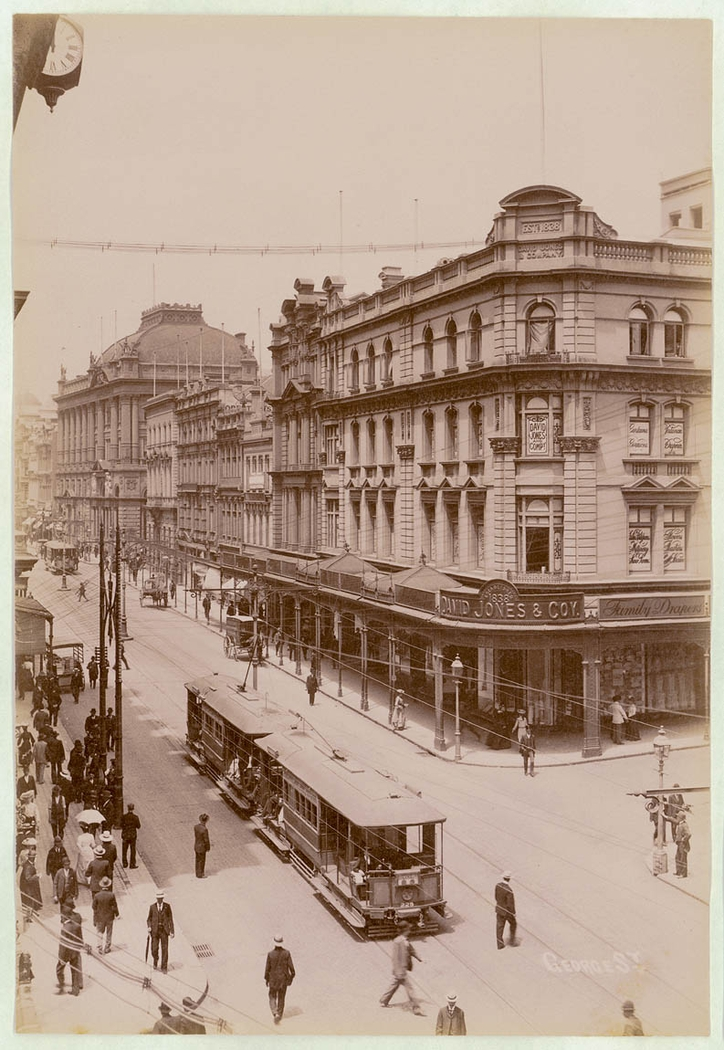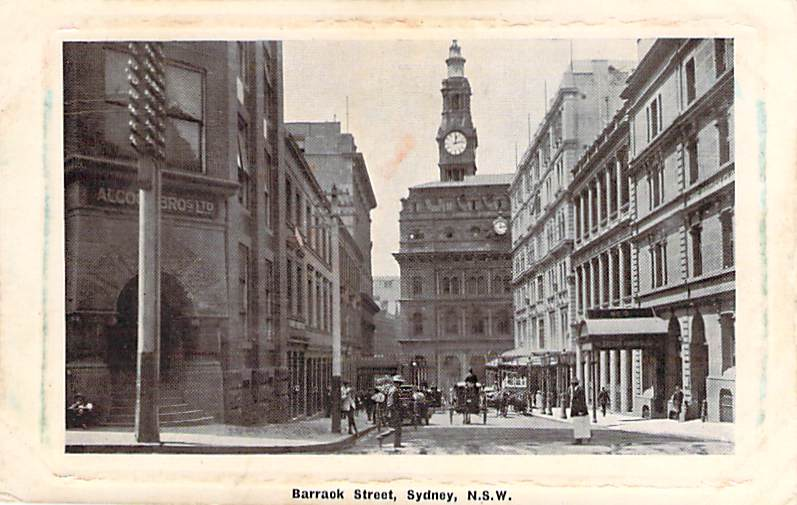It was highly appropriate that a meeting of returned servicemen in 1945 voted to establish the Combined Services RSL Club on the sight of one of Australia’s oldest military barracks, in one of Sydney’s most historical precincts.
The Combined Services RSL Club, Barracks on Barrack, fronts Barrack Street in Sydney’s central business district. Although one of the city’s shortest streets, its importance extends way beyond its length.
Barrack Street was the southern boundary of an extensive military barracks constructed from 1792 on 16-acres (6.47ha) from George Street to the east, north to Margaret Street, west to Clarence Street, with York Street passing through the barrack square.
Offiers’ quarters occupied the south-eastern corner, later protected by a long wall enclosing four long, two-storey barrack quarters, split by a grand three-storey administration block.
Barrack Square, also known as the Parade Ground, fronted the barrack buildings. York Street was then known as Barracks Row, Clarence Street as Soldiers Middle Row, and Kent Street as Soldiers Back Row. No civilians were allowed in the area.
The military precinct also extended to Darling Harbour, where wharves on what was then Soldiers’ Point were used as landing stores for the barracks.
Barracks Square was also the assembly point for troops from the NSW Corps, who marched to arrest Governor William Bligh in 1808, an event later recorded as the Rum Rebellion. Bligh was taken from Government House and locked up in the George’s Square Barracks until he agreed to return to England, although he instead sailed to Tasmania.
Governor Lachlan Macquarie, who arrived in 1810, deemed many buildings dilapidated and unsuitable. He ordered construction of more buildings, and in 1815 enclosed the area behind a 10-foot (3m) high wall, creating a virtual fortress in the heart of Sydney.

A main gate on George Street gave access to the parade ground. A southern gateway was more popular, giving access to two strategically placed inns, the Hope Tavern and the Crown and Kettle. Other premises around the Barracks included pubs, eating houses and brothels.
As Sydney expanded, the barracks restricted commercial growth in an increasingly valuable central position.
Governor Richard Bourke in 1836 decided to move the military to the outskirts of the town. Officers favoured a site further south known as the Cleveland Paddocks, now Prince Alfred Park.
After little progress, in 1840 a site was selected on South Head Road, now Oxford Street, at Paddington Hill. Victoria Barracks was built from locally quarried sandstone between 1841 and 1849. The George’s Square Barracks garrison left for Victoria Barracks in August 1848.
Barrack Street, originally called Barrack Lane, was proclaimed on March 24, 1849.
Commercial development around Barrack Street accelerated, with the Savings Bank of New South Wales and the CBC Bank opening on George Street between Wynyard Street and Barrack Street, and the first David Jones store on the corner of George and Barrack Streets.
Grand Victorian warehouses were constructed at the York and Clarence Streets end, and later used as commercial premises.
In January 1943, the Combined Services RSL Sub-Branch was established at 5 – 7 Barrack Street, with offices on the ground floor. The Stage Door Canteen, with a stage at one end and offering sandwiches, tea and coffee, opened in the basement. This was somewhere for Australian and Allied servicemen and women to meet for a meal or a snack, dance, socialise and enjoy the music of leading artists of that time.
On October 4, 1945, the Combined Services RSL Sub-Branch formed a provisional committee to form the Combined Services RSL Club. Its inaugural Annual General Meeting took place on 17 March 1946.
A large section of Barrack Street now forms part Sesquicentenary Square – named to commemorate the 150th anniversary of the incorporation of the City of Sydney. The Combined Services RSL Club stands proudly on part of the southern side of the remaining section of Barrack Street, a link to Sydney’s earliest soldiers.

